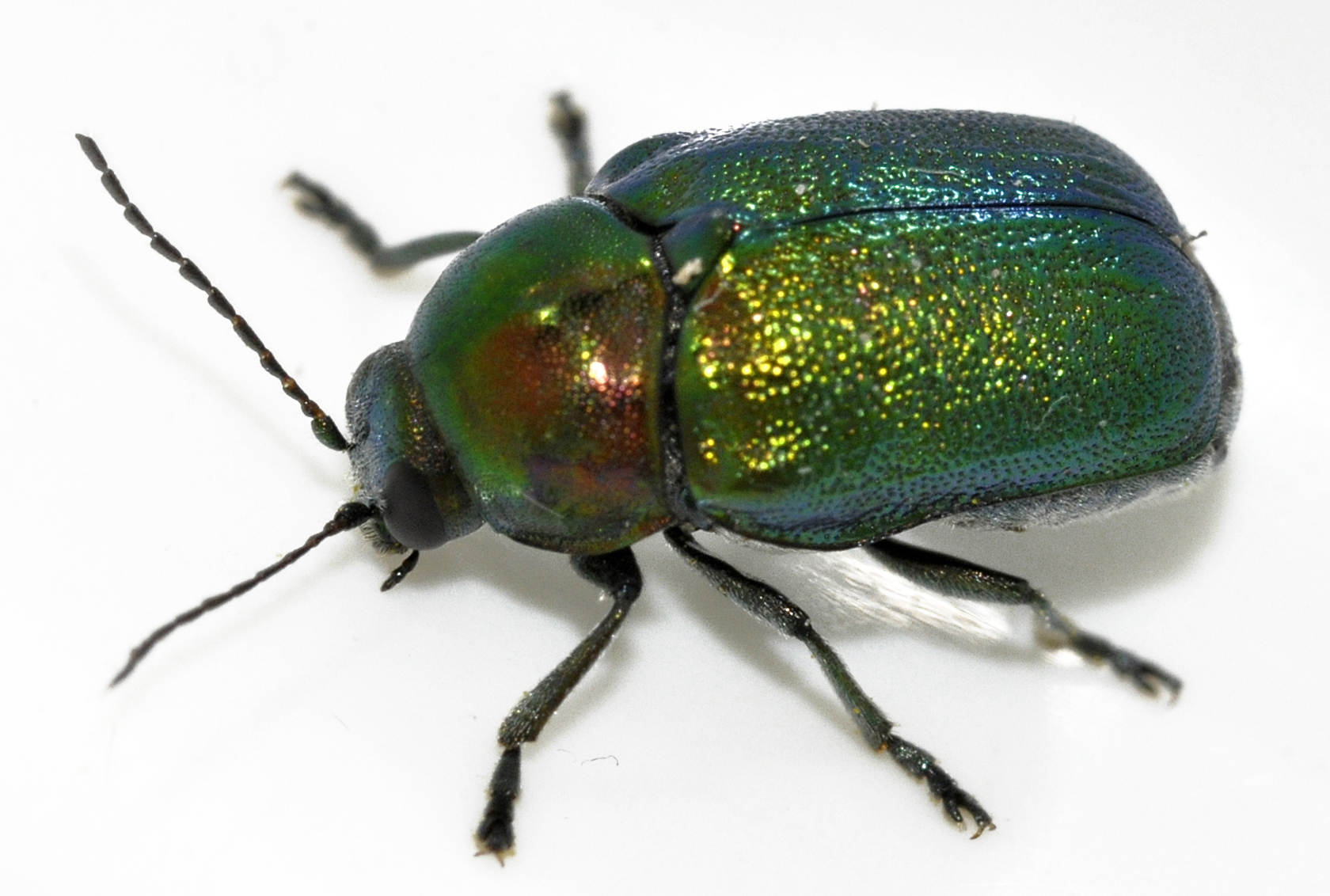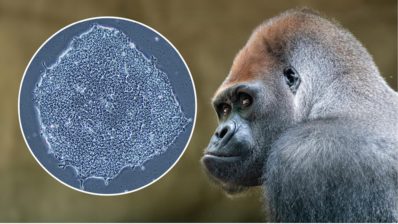A research team led by Jesús Gómez-Zurita at the Institute of Evolutionary Biology (IBE: CSIC-UPF) has made the largest phylogenetic tree of beetles, from the DNA analysis of 167 species of the Cryptocephalinae subfamily. This is the fourth largest family among the Chrysomelidae, a hyperdiverse genus with more than 5,300 species distributed throughout the world.
The team has combined taxonomic, genetic, paleontological and biogeographic information to deduce the evolutionary history of this subfamily of beetles.
The new evolutionary tree, the result of more than 20 years of genetic sampling and sequencing, “provides a fundamental tool for the natural classification of a small but significant portion of the Tree of Life, as well as for investigating the processes that have generated this enormous diversity”, explains the researcher.
The study demonstrates the importance of global processes, both tectonic and climatic, to explain the diversity and distribution of the evolutionary lines that we can recognize today.
Gómez-Zurita, J. & Cardoso, A. 2021. Molecular systematics, higher-rank classification and Gondwanan origins of Cryptocephalinae leaf beetles. Zoologica Scripta, 50 (en prensa). DOI: 10.1111/zsc.12501






